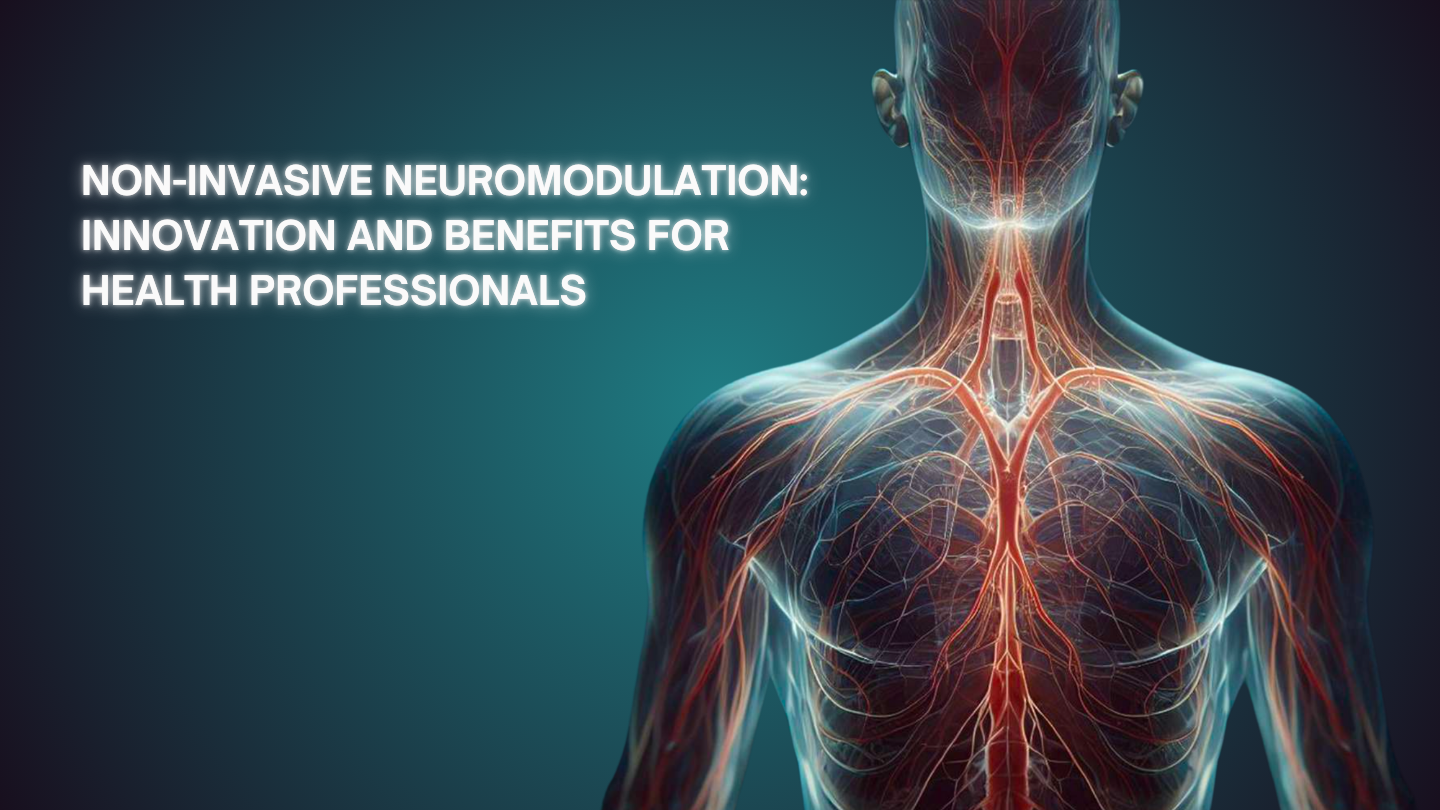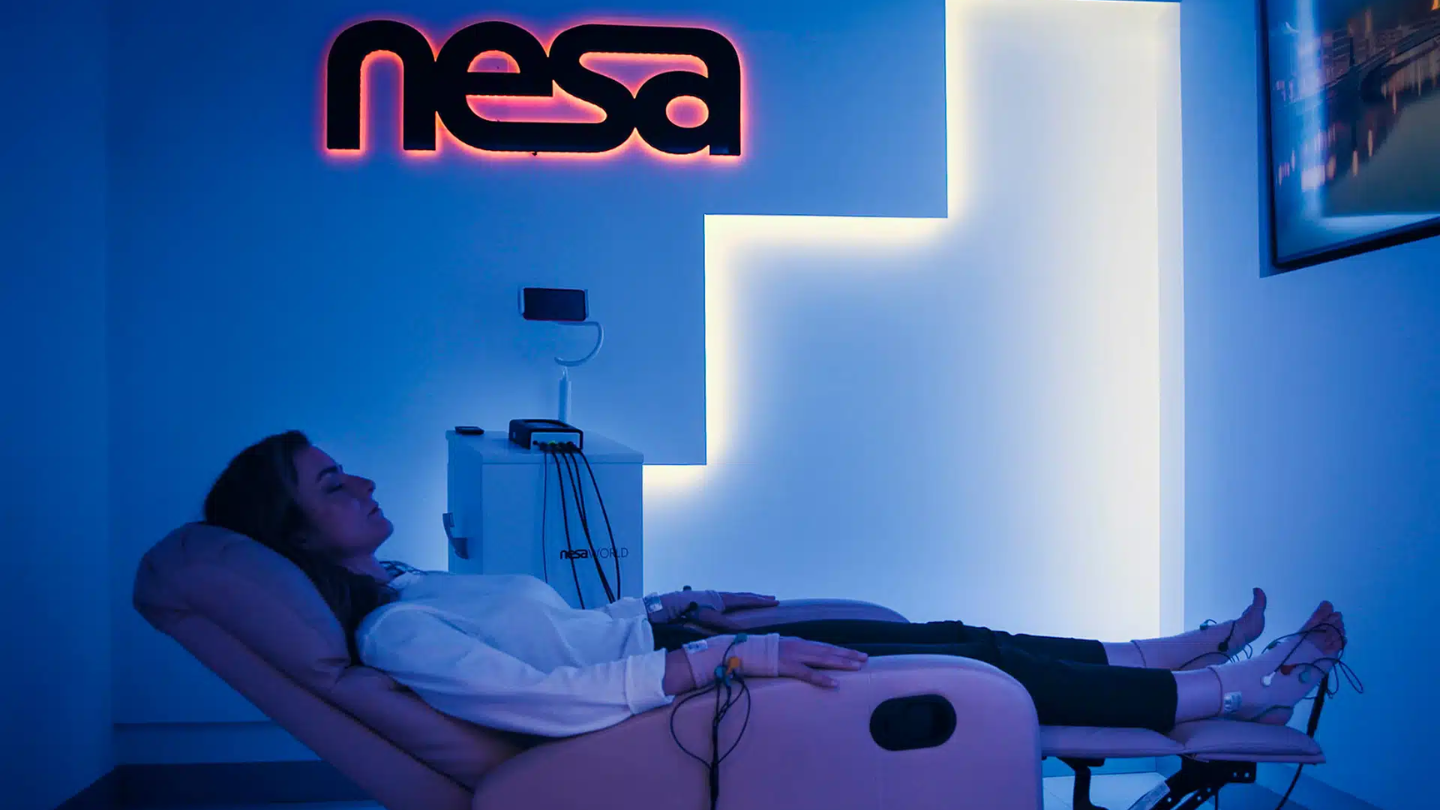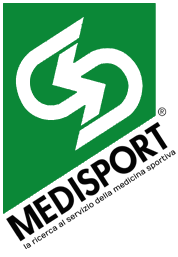
In recent years, non-invasive neuromodulation has attracted increasing interest in the field of physiotherapy and rehabilitation, revolutionising the treatment of autonomic nervous system disorders, chronic pain and numerous neurological and musculoskeletal conditions. This innovative technology offers a safe and effective approach without the need for invasive interventions, reducing dependence on drugs and promoting neurophysiological recovery.
It works by applying low-intensity electrical microcurrents to specific areas of the body, stimulating the autonomic nervous system to rebalance its activity and improve physiological functions. Unlike invasive techniques, this method is not limited to a specific area but generates a global effect on the body, optimising neuromuscular response and pain regulation.
Since the autonomic nervous system controls vital functions such as heartbeat, sleep, stress management and tissue regeneration, any imbalance in it can have significant consequences on quality of life. Non-invasive neuromodulation represents an innovative solution for restoring this balance, opening up new therapeutic perspectives for health professionals and patients with chronic or post-traumatic conditions.
An aid for all health professionals
Thanks to its ability to act directly on neurophysiological regulation, Nesa technology is very versatile and can offer valuable support in the treatment of numerous diseases and disorders linked to dysfunctions of the autonomic nervous system.
One of its main benefits concerns the reduction of chronic pain, both of neuropathic and musculoskeletal origin. By acting directly on the mechanisms of pain perception, neuromodulation helps modulate neuronal activity, providing lasting relief in patients with persistent pain conditions.
NESA X-SIGNAL technology proves particularly effective in the treatment of bruxism, a condition often related to muscle tension and overactivation of the sympathetic system.
In the case of fibromyalgia, this technology helps reduce nerve hypersensitivity, modulating the response of the central nervous system and improving the patient's general well-being. Even for those suffering from epilepsy, stimulation with microcurrents promotes a better balance of brain activity, helping to stabilise the nervous system and reduce the frequency of epileptic episodes.
Another area of application concerns pelvic floor disorders and overactive bladder, problems that can deeply impair quality of life.
In patients with multiple sclerosis and cerebral palsy, Nesa stimulation promotes neuroplasticity, helping to reduce muscle spasticity and supporting motor recovery.
In addition to its effects on specific diseases, neuromodulation with NESA X-SIGNAL offers numerous other benefits for rebalancing the nervous system. For example, it positively influences the quality of sleep and physical recovery, promoting deeper, regenerative rest in patients with sleep disorders or chronic fatigue.
In addition, microcurrent treatment optimises neuromuscular response, improving motor coordination and being useful in post-injury rehabilitation and physical performance enhancement.
Another key aspect relates to stress and anxiety management. Neuromodulation helps rebalance the interaction between the sympathetic and parasympathetic systems, reducing the psycho-physical tensions often associated with chronic illnesses and improving the body's response to stressful stimuli.
The heart of this technology is its action on the vagus nerve, the main regulator of neurovegetative balance. Through stimulation of this nerve, Nesa improves control of autonomic body functions, positively influencing pain management, hormonal regulation, digestion, muscle recovery and the patient's general well-being.
Thanks to its ability to act directly on neurophysiological regulation, this technology represents an advanced, multidisciplinary solution that is particularly useful for health professionals such as physiotherapists, neurologists, osteopaths and rehabilitation specialists.

An ally for the future
The adoption of state-of-the-art devices represents an added value in clinical practice, improving the effectiveness of treatments and expanding therapeutic possibilities.
If you are a professional interested in integrating non-invasive neuromodulation into your work, download the presentation to learn more about Nesa technology.
